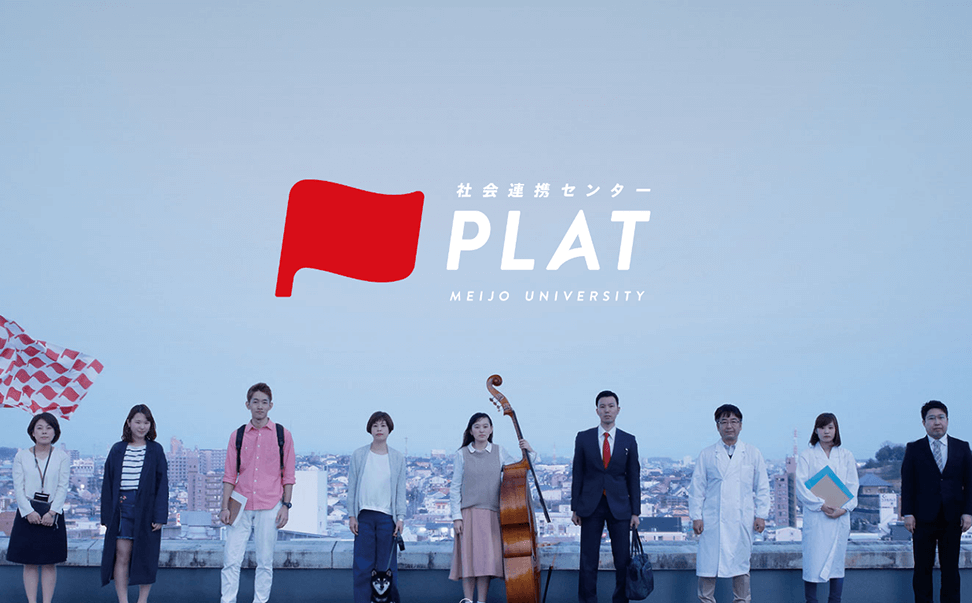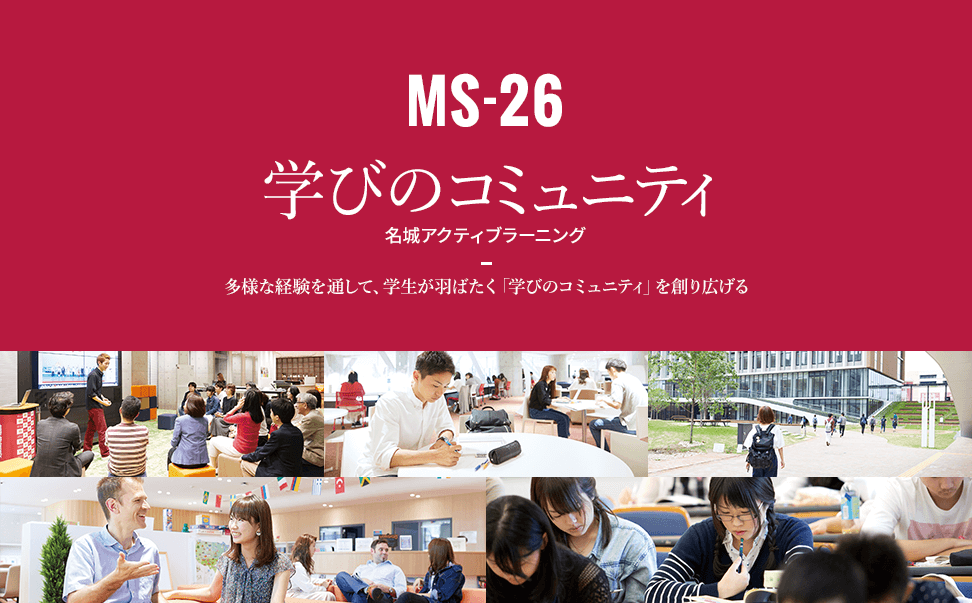移行用/ニュース Professor Akasaki and Professor Amano visit Nobel Museum

Professor Akasaki and Professor Amano donate artifacts to the Nobel Museum for exhibition
Meijo University Professor Akasaki visited the Nobel Museum near the Stockholm Palace, along with Nagoya University Professor Amano, former Meijo Professor in the afternoon of December 9 (at night Japan time). It has been a custom for Nobel laureates to sign the underside of the café chairs where customers sit. Professor Amano and Professor Nakamura, University of California, Santa Barbara already signed their names on December 6, the first day of the Nobel Week when they participated in an official event at the museum. Professor Akasaki arrived in Stockholm later than the other laureates because of concern about his physical condition, and he visited the museum on this day for the first time.
Professor Akasaki signed his name with a white pen in alphabet and Chinese characters underneath the names of the other two laureates. Requested by the media press Professor Akasaki held a pose together with Professor Amano,and made comments with a wry smaile, “I didn’t expected to sign in front of such a big crowd and I couldn’t write it well.” Professor Akasaki and Professor Amano donated five objects with their signatures to the museum, which help understand the basic technologies for fabricating blue LED.
Originally Professor Akasaki had intended to visit the Nobel Museum by himself. However, Professor Amano, wanting to visit there with his teacher, accompanied him on this day. Professor Akasaki looked pleased and said, “I’m really happy that we could come together.” Among the five objects donated for exhibition was MIS (metal-insulator-semiconductor), a type of LED before gallium nitride was used as material. Meijo University Professor Kamiya, Associate Professor Takeuchi and Associate Professor Iwaya in Professor Akasaki’s laboratory fabricated these objects.
Artifacts donated to Nobel Museum on display (in Japanese)
Associate Professor Iwaya said, “Many people helped us make these artifacts within a limited amount time. And we are happy to know that these artifacts were accepted with gratitude at the museum.” Professor Amano said, “All the artifacts were made in such a way that young people and children visiting the museum can really enjoy watching them.”
The Nobel Museum is a place where visitors can learn about the Nobel Laureates and their creative endeavors. The Nobel Museum opened in 2001 for the centenary of the Nobel Prize. The museum has a café where we can eat the Nobel Ice Cream served as dessert at the Nobel Prize Banquet. The museum has become a popular place for tourists visiting Stockholm.
Professor Akasaki signed his name with a white pen in alphabet and Chinese characters underneath the names of the other two laureates. Requested by the media press Professor Akasaki held a pose together with Professor Amano,and made comments with a wry smaile, “I didn’t expected to sign in front of such a big crowd and I couldn’t write it well.” Professor Akasaki and Professor Amano donated five objects with their signatures to the museum, which help understand the basic technologies for fabricating blue LED.
Originally Professor Akasaki had intended to visit the Nobel Museum by himself. However, Professor Amano, wanting to visit there with his teacher, accompanied him on this day. Professor Akasaki looked pleased and said, “I’m really happy that we could come together.” Among the five objects donated for exhibition was MIS (metal-insulator-semiconductor), a type of LED before gallium nitride was used as material. Meijo University Professor Kamiya, Associate Professor Takeuchi and Associate Professor Iwaya in Professor Akasaki’s laboratory fabricated these objects.
Artifacts donated to Nobel Museum on display (in Japanese)
Associate Professor Iwaya said, “Many people helped us make these artifacts within a limited amount time. And we are happy to know that these artifacts were accepted with gratitude at the museum.” Professor Amano said, “All the artifacts were made in such a way that young people and children visiting the museum can really enjoy watching them.”
The Nobel Museum is a place where visitors can learn about the Nobel Laureates and their creative endeavors. The Nobel Museum opened in 2001 for the centenary of the Nobel Prize. The museum has a café where we can eat the Nobel Ice Cream served as dessert at the Nobel Prize Banquet. The museum has become a popular place for tourists visiting Stockholm.










